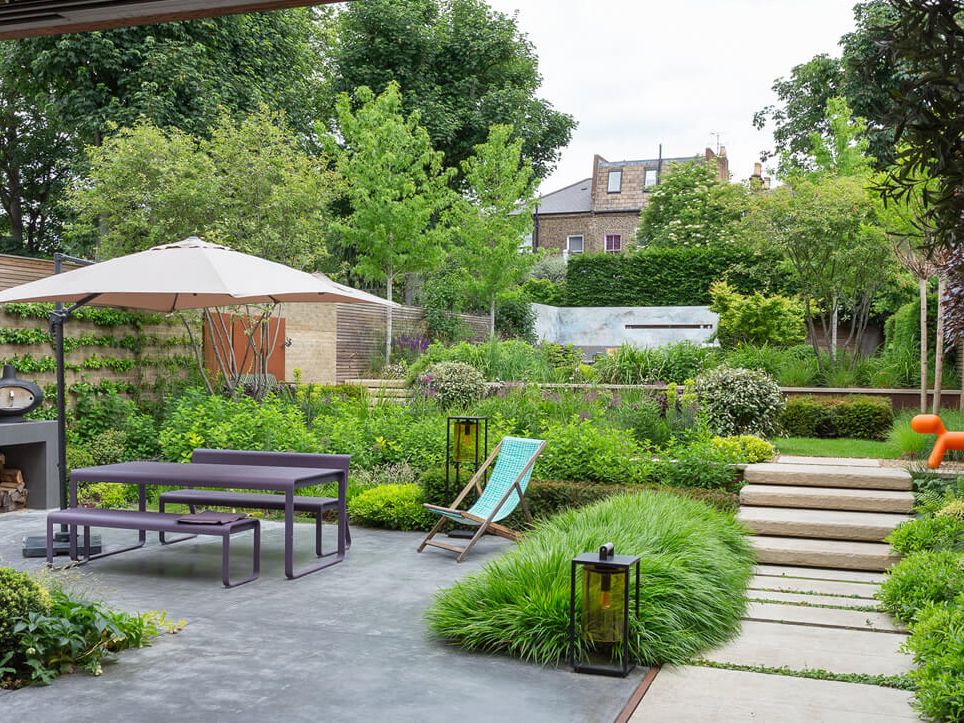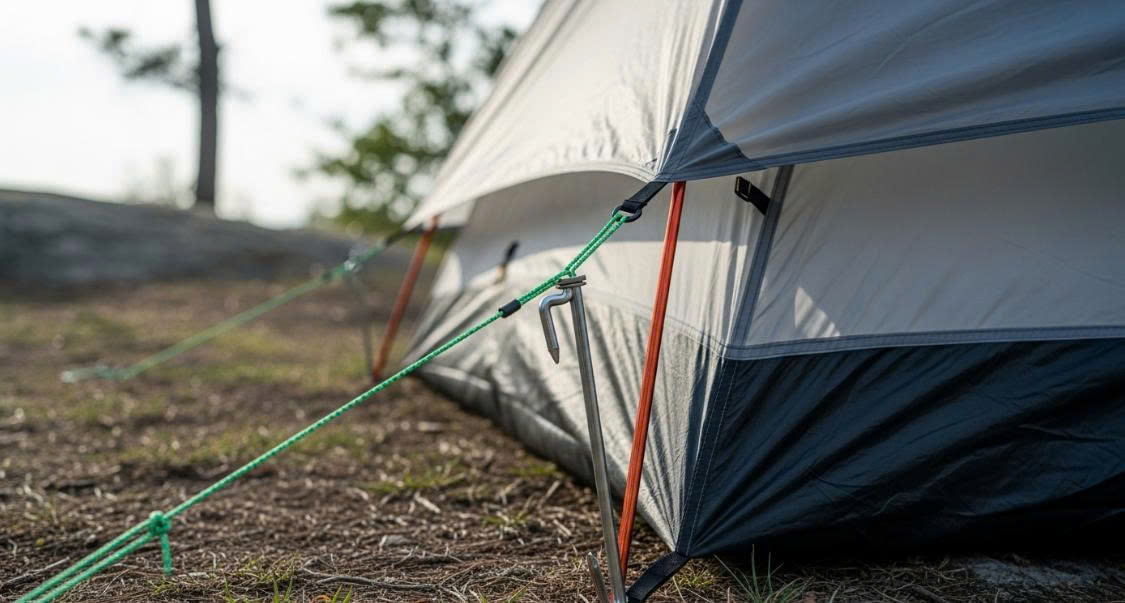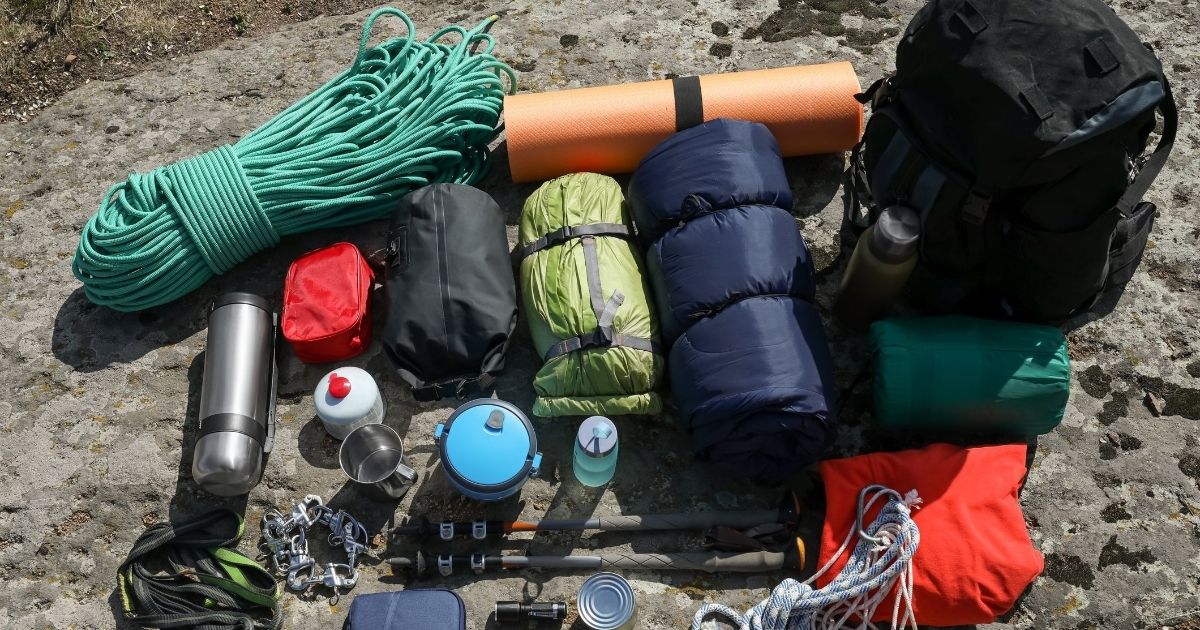Your front yard is the first impression your home makes on visitors and passersby. A well-designed front yard can boost curb appeal, increase property value, and create a welcoming atmosphere. However, landscaping can seem daunting, especially if you're working with a tight budget. The good news? You don’t need to spend a fortune to create a stunning front yard. With creativity, strategic planning, and a little elbow grease, you can transform your outdoor space affordably. In this blog, we’ll explore budget-friendly front yard landscaping ideas that deliver big impact without draining your wallet.
Related: Why Luxury Swim Spas Are Worth It: Reviews from Seniors and Experts
Why Invest in Front Yard Landscaping?
Before diving into specific ideas, let’s consider why landscaping your front yard is worth the effort. A thoughtfully designed front yard:
- Enhances Curb Appeal: A tidy, attractive front yard makes your home stand out in the neighborhood.
- Boosts Property Value: Studies show that good landscaping can increase a home’s value by 10-20%.
- Creates a Welcoming Vibe: A well-maintained yard invites guests and makes your home feel warm and approachable.
- Supports the Environment: Native plants and sustainable practices benefit local ecosystems and reduce maintenance costs.
With these benefits in mind, let’s explore practical, budget-conscious ways to revamp your front yard.
1. Plan Before You Plant
The foundation of budget-friendly landscaping is a solid plan. Without one, you risk overspending on plants or materials that don’t work together. Here’s how to start:
- Assess Your Space: Walk around your front yard and note its size, sunlight exposure, soil type, and existing features (trees, shrubs, pathways). This helps you choose plants and materials suited to your conditions.
- Set a Budget: Decide how much you’re willing to spend. Allocate funds for plants, hardscaping materials, tools, and any professional help (if needed).
- Sketch a Design: Use graph paper or a free online tool to map out your yard. Mark areas for plants, pathways, seating, or decorative elements. A clear plan prevents impulse buys.
- Prioritize Needs: Focus on high-impact areas first, like the entryway or front border. You can expand your project over time as your budget allows.
By planning carefully, you’ll avoid costly mistakes and ensure every dollar spent contributes to your vision.
2. Work With What You Have
One of the easiest ways to save money is to repurpose existing elements in your yard. Look for opportunities to refresh rather than replace:
- Revive Existing Plants: Prune overgrown shrubs, divide perennials, or relocate plants to better spots. For example, move shade-loving hostas to a dim corner or trim back an unruly bush to create a neat hedge.
- Reuse Hardscaping Materials: Got old bricks, stones, or pavers? Use them to create a new pathway, border, or small patio. Clean them with a pressure washer for a like-new look.
- Refresh Mulch or Gravel: A fresh layer of mulch or gravel can instantly tidy up garden beds. Opt for affordable options like wood chips or recycled rubber mulch.
- Paint or Stain: If you have a tired-looking fence, mailbox, or garden bench, a coat of paint or stain can make it pop. Choose neutral or bold colors to match your home’s exterior.
By maximizing what’s already in your yard, you’ll cut costs while giving your space a polished look.
3. Choose Low-Cost, High-Impact Plants
Plants are the heart of any landscape, but they can get pricey. To keep costs down, focus on affordable, low-maintenance options that deliver visual impact:
- Native Plants: Native species are adapted to your region’s climate and soil, requiring less water, fertilizer, and care. They also attract pollinators like bees and butterflies. Examples include black-eyed Susans, coneflowers, or ornamental grasses.
- Perennials: Unlike annuals, which need replanting each year, perennials return season after season. Popular budget-friendly perennials include daylilies, lavender, and sedum.
- Seed Starting: Growing plants from seeds is far cheaper than buying mature plants. Start seeds indoors in late winter and transplant them in spring. Try easy-to-grow flowers like zinnias or cosmos.
- Plant Swaps: Check local gardening clubs or online platforms for plant swaps. You can trade cuttings or divisions from your yard for new varieties.
- Ground Covers: Instead of grass, use low-growing ground covers like clover, creeping thyme, or ajuga. They’re low-maintenance, drought-tolerant, and reduce mowing costs.
Pro Tip: Buy smaller plants or shop end-of-season sales at nurseries to save money. Smaller plants may take longer to mature but are just as effective in the long run.
4. DIY Hardscaping for Structure and Style
Hardscaping elements like pathways, borders, and patios add structure to your yard, but professional installation can be expensive. Fortunately, many hardscaping projects are DIY-friendly:
- Gravel Pathways: Gravel is an affordable alternative to pavers or concrete. Create a winding path to your front door using landscape fabric (to prevent weeds) and a layer of pea gravel or crushed stone.
- Brick or Stone Edging: Use reclaimed bricks or stones to define garden beds. Lay them flat or stack them for a raised border. This adds a clean, professional look without much cost.
- Pallet Furniture: Wooden pallets are often free or cheap from local businesses. Sand and paint them to create benches, tables, or vertical planters for a rustic vibe.
- Retaining Walls: For sloped yards, build a low retaining wall using cinder blocks or stacked stones. Fill with soil to create tiered planting beds.
Always check local regulations before starting hardscaping projects, and enlist a friend for heavy lifting to save on labor costs.
5. Add Budget-Friendly Decor
Decorative touches can elevate your front yard without a hefty price tag. Here are some ideas:
- DIY Planters: Turn old buckets, tires, or wooden crates into quirky planters. Paint them in bright colors for a playful look or neutral tones for elegance.
- Solar Lights: Line pathways or highlight plants with solar-powered stake lights. They’re inexpensive, eco-friendly, and require no wiring.
- Thrift Store Finds: Scour thrift stores or garage sales for garden art, like metal sculptures, ceramic pots, or vintage chairs. A little creativity can turn junk into treasures.
- Mulch as Decor: Use contrasting mulch colors (like dark bark and light wood chips) to create patterns or define zones in your yard.
These small additions add personality and charm while keeping your budget intact.
6. Embrace Low-Maintenance Practices
A budget-friendly front yard isn’t just about low upfront costs—it’s also about minimizing ongoing maintenance expenses. Here’s how:
- Xeriscaping: In dry climates, use drought-tolerant plants and rocks to create a water-wise landscape. This reduces water bills and upkeep.
- Mulch Generously: A thick layer of mulch suppresses weeds, retains moisture, and improves soil health, saving you time and money.
- Mow Less: Replace part of your lawn with native plants, gravel, or ground covers to reduce mowing and gas costs.
- Compost at Home: Make your own compost using kitchen scraps and yard waste. It’s free fertilizer for your plants.
By designing with low maintenance in mind, you’ll save both time and money in the long term.
7. Leverage Community Resources
You don’t have to go it alone when landscaping on a budget. Tap into local resources to stretch your dollars:
- Free Mulch or Compost: Many cities offer free or low-cost mulch and compost through recycling programs. Check with your local municipality.
- Borrow Tools: Instead of buying expensive tools, borrow from neighbors or rent from hardware stores.
- Community Gardens: Join a community garden to learn tips, share resources, and even score free plants.
- Social Media Marketplace: Platforms like Facebook Marketplace often have free or cheap landscaping materials, from pavers to plants.
Building connections with your community can uncover hidden gems for your project.
8. Focus on the Entryway
If your budget is limited, prioritize the area around your front door. A polished entryway creates a focal point and maximizes impact:
- Frame the Door: Flank your entrance with potted plants or tall grasses for symmetry. Use inexpensive terra-cotta pots or repurpose old containers.
- Update Hardware: Swap out a dated mailbox, house numbers, or door knocker for modern versions. These small changes make a big difference.
- Add a Welcome Mat: A colorful or patterned mat adds warmth and ties the space together.
- Highlight with Lighting: Use solar lanterns or string lights to draw attention to the entryway at night.
A stunning entryway sets the tone for your entire home without requiring a full-yard overhaul.
9. Incorporate Seasonal Interest
To keep your front yard looking great year-round, choose plants and decor that shine in different seasons:
- Spring: Plant bulbs like tulips or daffodils for early color. They’re affordable and multiply over time.
- Summer: Use heat-tolerant annuals like marigolds or petunias for vibrant blooms.
- Fall: Add mums, ornamental kale, or pumpkins for autumnal charm.
- Winter: Incorporate evergreens, berry-producing shrubs (like holly), or decorative branches for structure and color.
By planning for seasonal variety, your yard stays dynamic without constant reinvestment.
Related: Sustainable Real Estate Investing: Green Properties and Profits
10. Be Patient and Scale Over Time
Rome wasn’t built in a day, and neither is a dream front yard. If your budget is tight, start small and expand gradually:
- Phase Your Project: Tackle one area (like a flower bed or pathway) each season.
- Propagate Plants: Take cuttings from existing plants to grow new ones for free.
- Wait for Sales: Stock up on materials during off-season discounts, like late fall or early spring.
Patience allows you to spread costs over time while still moving toward your vision.
Final Thoughts
Transforming your front yard on a budget is entirely achievable with smart planning, creativity, and a willingness to get your hands dirty. By working with what you have, choosing low-cost plants, embracing DIY projects, and leveraging community resources, you can create a stunning outdoor space that reflects your style and boosts your home’s appeal. Start small, stay focused, and watch your front yard bloom into a welcoming oasis—without breaking the bank.
What’s your favorite budget landscaping tip? Share your ideas in the comments, and let’s inspire each other to create beautiful front yards affordably!


.png)



.jpg)

.jpg)






